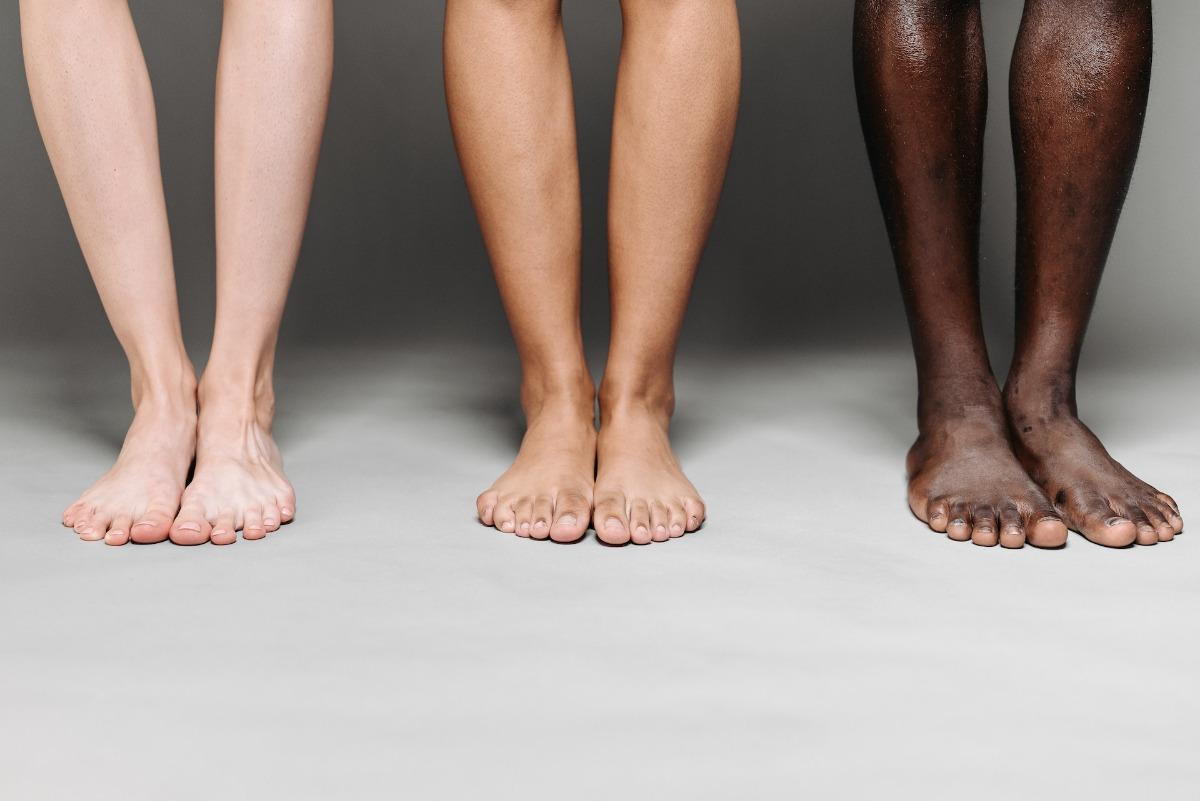The Role of Physical Therapy and Rehabilitation in Minimally Invasive Toe Surgery
posted: Mar. 28, 2023.

Minimally invasive toe surgery is a surgical procedure used to correct toe deformities, such as hammer toes, mallet toes, and claw toes. This type of surgery is performed using specialized instruments and techniques that allow the podiatric surgeon to access and correct the deformity without making a large incision in the skin. This approach offers many benefits, including faster recovery time, less scarring, and less pain and discomfort than traditional surgery.
During minimally invasive toe surgery, the foot surgeon will make a small incision in the skin near the affected toe. They will then use specialized instruments, to carefully manipulate the bones and tendons in the toe, correcting the deformity and restoring proper alignment.
After the surgery, a dressing will be applied to protect the surgical site. Sutures may not be needed. The person will be able to go home the same day, although they will need to follow instructions from the podiatrist, including physical therapy and rehabilitation steps.
Therapy and rehabilitation play an essential role in the recovery from minimally invasive toe surgery. While this type of surgery offers many benefits, including faster recovery time and less scarring, it is still surgery, and the body needs time to heal and recover. Therapy and rehabilitation can help to speed up the recovery process and ensure the best possible outcome.
During the initial recovery period after minimally invasive toe surgery, therapy and rehabilitation can help to manage pain and swelling. The podiatrist may use techniques like ice and compression to reduce inflammation, and they may also use gentle stretches and exercises to maintain range of motion and prevent stiffness. These techniques can help to reduce pain and discomfort, allowing the person to move and function more easily as they heal. Laser treatments may also be helpful.
As you continue to heal and recover from the surgery, therapy and rehabilitation can help to improve foot function and mobility. The podiatrist may use a combination of exercises and techniques, such as gait and balance training, to help you regain strength and coordination in your foot and toes. They may also provide guidance on shoe choices and other factors that can impact foot function, such as weight bearing and activity levels.
In addition to improving foot function and mobility, therapy and rehabilitation can also help to prevent complications and long-term problems after minimally invasive toe surgery. For example, the podiatrist may provide education and guidance on properly caring for the foot and toes, including cleaning and dressing the surgical site and avoiding activities that could put too much strain on the foot. This can help prevent infection and other complications that could slow the recovery process.
Overall, therapy and rehabilitation are essential components of the recovery from minimally invasive toe surgery. The podiatrist will work with you to develop a personalized treatment plan that addresses your specific needs and goals and will provide guidance and support throughout recovery. With the right therapy and rehabilitation, you can recover faster and achieve the best possible outcome from the surgery.